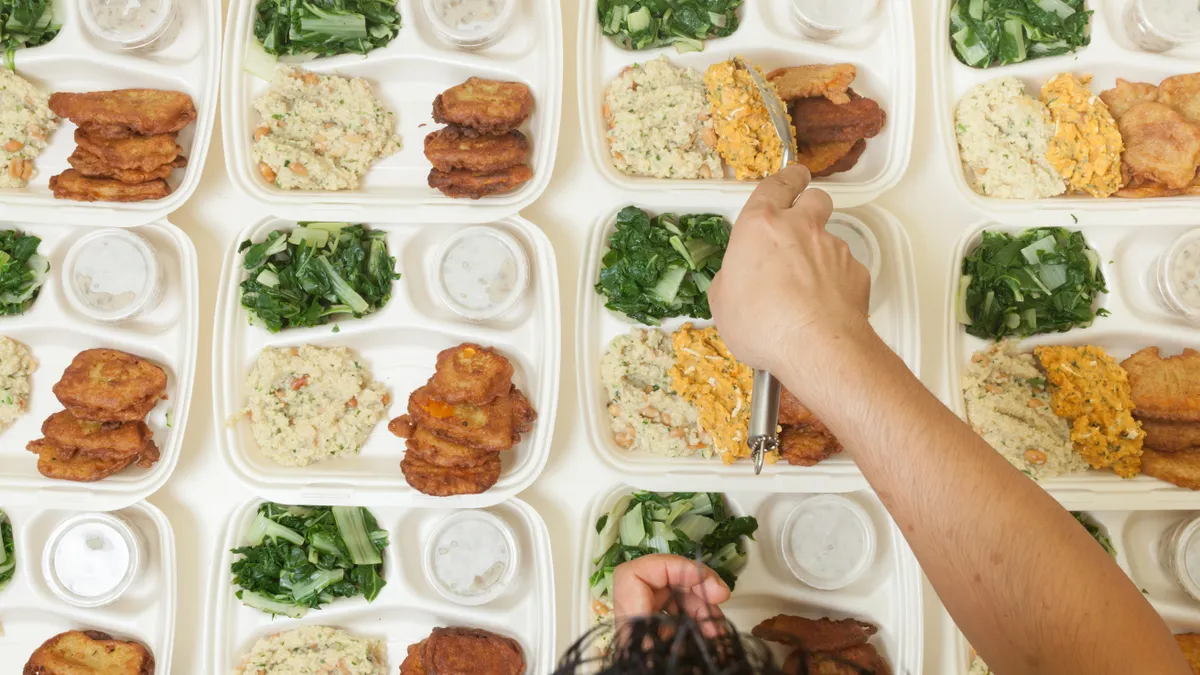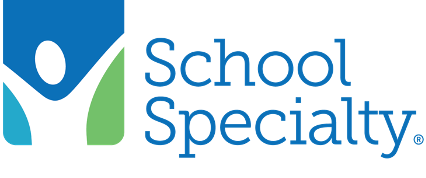This is the latest installment of Study Hall, an occasional series that serves as a one-stop shop for must-know information on critical topics impacting schools. For previous installments, click here.
Alongside growing momentum for universal school meal programs, participation in the Community Eligibility Provision has skyrocketed since the federal program’s creation in the Healthy, Hunger-Free Kids Act of 2010. The number of participating schools increased from 14,184 in the 2014-15 to 47,766 in 2023-24.
Known as CEP, the program allows high-poverty schools to serve free meals to all students without collecting individual household income applications, as is typically done for students to qualify for free or reduced-price school meals.
Here’s what school leaders should know about the program.
Who oversees the Community Eligibility Provision?
The U.S. Department of Agriculture oversees the program at the federal level by administering the reimbursement for eligible schools. The program is optional at the local level, with school districts deciding whether to participate on behalf of their eligible schools. The program can apply to students at the district or school level, depending on the "identified student percentage."
What is the identified student percentage?
The identified student percentage, or ISP, is the proportion of students enrolled in a school, group of schools, or district who are certified as eligible for free meals based on their or their family's participation in any of the following:
- Supplemental Nutrition Assistance Program
- Food Distribution Program on Indian Reservations
- Temporary Assistance for Needy Families
- Programs under the Runaway and Homeless Youth Act
- Head Start
- Medicaid
Students can be directly certified for CEP if they are a foster child, experiencing homelessness, or a migrant. Families in these pathways do not have to fill out applications for their child to qualify for free meals.
As of October 2023, a school or district needs an ISP of at least 25% to qualify for CEP. The minimum threshold to participate in CEP was lowered from 40% to 25% in a 2023 final rule issued by the Biden administration.
How does the CEP funding formula work?
To calculate the free reimbursement rate, the ISP is multiplied by 1.6. USDA offers a free tool to determine the percentage of meals reimbursed at both the federal free rate and paid rates under CEP.
If a school, group of schools or a district has an ISP of 62.5% or higher, it will get a free reimbursement rate for all meals.
In 2024-25, schools receive an average of $4.01 in federal reimbursement for every lunch served at the free rate. The average federal reimbursement rate for paid meals is $0.42.
How many schools benefit from CEP?
Nearly 48,000 schools across 7,717 districts opted into CEP during the 2023-24 school year. That’s half of all schools participating in the National School Lunch Program, according to an analysis by the Food Research & Action Center.
CEP participation jumped 19% between 2023-24 and 2022-23 after USDA’s October 2023 decision to lower the identified student percentage to 25%, allowing another 3,000 school districts to qualify. FRAC also credited state legislative support of the program for the increased participation.
What challenges do schools face in implementing CEP?
The federal reimbursement rate is not high enough for all eligible CEP schools to opt into the program, according to FRAC. The anti-hunger nonprofit has pushed for USDA to raise the federal reimbursement rate multiplier from 1.6 to 2.5 to help schools afford to participate.
Also, not every state uses Medicaid direct certification — which, if used, would help schools better identify students eligible for free school meals and therefore be included in the ISP formula for CEP, FRAC added.



















